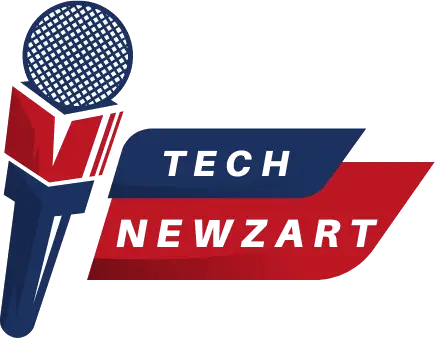What do you mean by Microservice?
Microservices, or Microservices Architecture, is a way of building large applications by breaking them into small functional modules. It’s a popular approach in software development. Microservices help with easy maintenance and make development faster. They’re also beneficial for modern methods like DevOps and Agile. Moreover, they enable the quick and reliable delivery of large, complex applications. Applications are structured as collections of services, including:
- Maintainable and testable
- Loosely coupled
- Independently deployable
- Designed or organized around business capabilities
- Managed by a small team

Main features of Microservice
Let’s talk about what makes Microservices stand out:

Decoupling: Services within a system are mostly separated. This makes it easy to build, change, and grow the application.
Componentization: Microservices are seen as individual parts that can be swapped or upgraded easily.
Business Capabilities: Microservices are simple and focus on one thing.
Autonomy: Developers work independently, speeding up project timelines.
Continuous Delivery: Software is released frequently through automated development, testing, and approval.
Responsibility: Microservices don’t treat applications as projects but as products they manage.
Decentralized Governance: The aim is to pick the right tool for the job, allowing developers to choose what works best for them.
Agility: Microservices support the quick development of new features that can be discarded if needed.
The main components of Microservices
Alright, let’s break down what makes up microservices:
- Containers, Clustering, and Orchestration
- IaC [Infrastructure as Code Conception]
- Cloud Infrastructure
- API Gateway
- Enterprise Service Bus
- Service Delivery
What are the benefits and drawbacks of Microservices?
Advantages:
- A module that works on its own, without needing help.
- Services that are managed all by themselves.
- To make it work better, you can use this service on many computers.
- It’s easier to check and doesn’t need many other things to work.
- It can grow bigger and work faster.
- It’s easy to find and fix problems and to keep it working well.
- Developers and business users can talk to each other more easily.
- Smaller teams of people working together.
Common tools mostly used for microservices
Common tools are as follows:
- Wiremock
- Docker
- Hystrix
The working of Microservice Architecture
Microservice architectures consist of the following components:
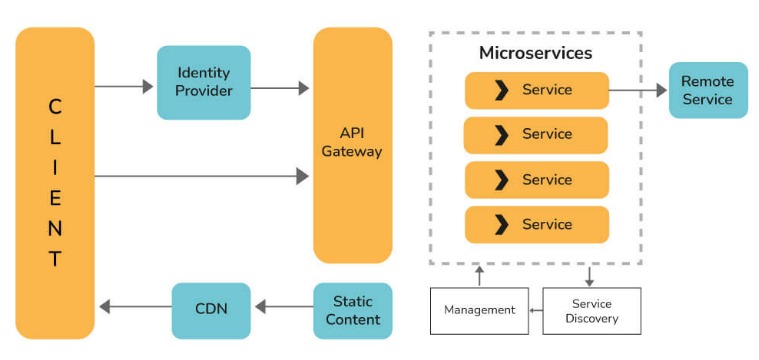
- People who want to use the system send requests from their phones, computers, or other gadgets.
- This checks if someone is who they say they are and gives them special codes for security.
- It manages the messages that come from the users.
- This holds all the information and pictures that the system uses.
- It makes sure that everything is working okay and finds problems if something goes wrong.
- It helps the system know how to talk to different parts of itself.
- This is a big network of servers that helps to deliver information quickly.
- It lets you get information from far away computers and gadgets.
The difference between Monolithic, SOA and Microservices Architecture
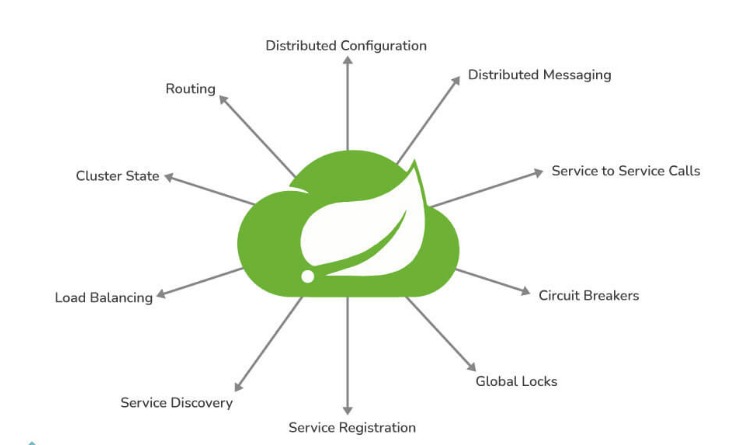
- Monolithic Architecture: Big software container. It holds all parts of an app. They’re all tightly packed together. One system, one code.
- SOA (Service-Oriented Architecture): Group of services talking to each other. They exchange data. Or they coordinate activities.
- Microservice Architecture: Application organized into small services. Each one independent. Each one focused on a business area. They can grow separately. They talk using standard rules.
Explain spring cloud and spring boot
Spring Cloud: In Microservices, Spring Cloud is a system that connects with external systems. It’s a fast framework for building applications. Spring Cloud is important for microservice architecture because it deals with small amounts of data. Here are some features of Spring Cloud:
Spring Boot: Spring Boot is a Java-based framework. It’s open-sourced. Developers use it to build stand-alone, production-grade Spring applications. It reduces development time. It increases productivity. It’s easily understood.
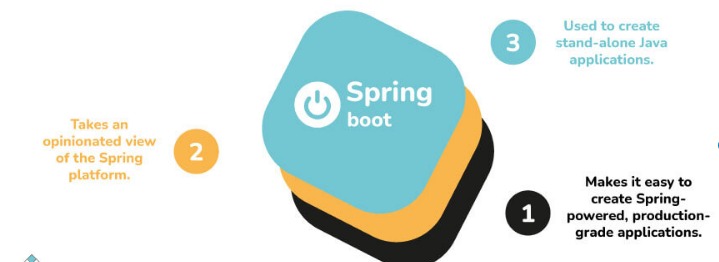
What is the role of the actuator in spring boot?
Alright, so let’s talk about this thing called a spring boot actuator. Basically, it’s like a project that gives you these web services. What for? Well, so you can check out what’s going on with an app that’s already up and running. And guess what? You can do all of this without needing to mess around with any code or settings. Cool, right?
Make sense of how you can abrogate the default properties of Spring boot projects
Let’s talk about tweaking stuff in your spring boot project. You can actually change the default settings by typing in some details in a file called application.properties.
Example:
Alright, let’s break down how you handle things in Spring MVC apps. You’ve got to set up a suffix and a prefix. Easy peasy. Just tweak some settings in the application.properties file. Here’s what you do:
- For suffix – spring.mvc.view.suffix: .jsp
- For prefix – spring.mvc.view.prefix: /WEB-INF/
What issues are generally solved by spring clouds?
The accompanying issues can be settled with spring cloud:
Let’s talk about complicated problems from distributed systems. These problems can include issues with networks, delays, bandwidth, and security.
Next up, we have service discovery problems. This helps processes and services find each other in a group.
Then there are redundancy problems. Distributed systems sometimes have too much repetition.
Another issue is load balancing. This is about spreading work out evenly across many computers and connections.
Lastly, we have performance problems. These can be lessened by cutting down on extra tasks.
What do you mean by Cohesion and Coupling?
Coupling: Okay, how about we separate this idea called “coupling.” It’s basically about how two bits of software, let’s call them A and B, hang out together. Do they chill a lot or hardly ever? We’ve got three levels of hanging out here: super tight, kinda loose, and completely separate. The best kind of hanging out is when they’re loose, like when they just say hi through interfaces.
Cohesion: Now, let’s talk about “cohesion.” This one’s about how different parts of a module work together. If they’re all buddies and doing the same thing, that’s high cohesion. It’s like having a team where everyone knows their job and does it well, without needing to ask others for help. High cohesion makes the module work like a well-oiled machine.
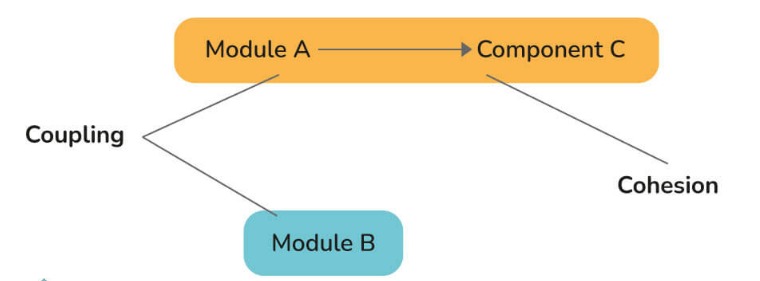
What do you mean by Bounded Context?
Let’s talk about Bounded Context, a key idea in DDD, or Domain-Driven Design. It’s all about how different parts work together in big projects and teams. DDD divides these big projects into smaller parts called contexts to make them easier to handle. It also clarifies how these parts relate to each other. This idea suggests using an object-focused approach for building services connected to a data model. Moreover, it ensures that the data model stays correct and can be changed when needed.
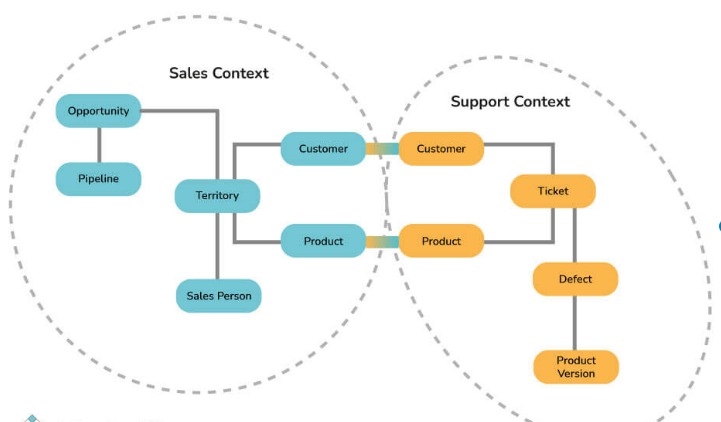
Write the fundamental characteristics of Microservice Design
- Businesses organize services based on what they can do.
- Teams take care of products, not just one-time projects.
- Use simple messaging frameworks and spread them out to avoid bottlenecks.
- Teams are responsible for all parts of the software they make.
- Each service handles its own data with microservices.
- Systems set up to run themselves and can be put into action on their own.
- Plan for things to go wrong and watch closely to catch problems early.
What are the challenges that one has to face while using Microservices
Using microservices can bring about various challenges, which can be divided into two categories:
1) Functional Challenges
2) Technical Challenges
- Functional Challenges
Setting up requires lots of infrastructure. It demands a big investment. It needs careful planning to handle all the operational work.
- Technical Challenges:
Microservices rely on each other. They must talk to one another. It’s a complex system because it’s spread out. If you’re using Microservice architecture, be ready for extra work. You’ll need skilled people to handle different microservices. It’s hard to automate because there are many small parts. That’s why each part must be made, sent out, and watched separately. Keeping track of settings across various environments is tricky for all parts. There are hurdles in deployment, fixing issues, and testing.
Explain PACT in microservices
It’s a tool that’s open-source, meaning anyone can use it. It helps both the people providing services and the ones using them. By testing how they interact in isolation. This helps to make sure everything works smoothly when they’re put together.
Make sense of how autonomous microservices speak with one another
- HTTP/REST with JSON or binary protocol for request-response
- Websockets for streaming
Different tools like RabbitMQ, Nats, and Kafka serve as message brokers. Each one is designed for handling specific types of messages. Additionally, you have the option to utilize Backend as a Service platform such as Space Cloud. They help in automating your entire backend system.
What do you mean by client certificates?
The client certificate is a special kind of digital certificate. It helps client systems prove who they are to servers. In mutual authentication setups, it’s vital to confirm the requester’s identity with confidence.
Explain CDC
Okay, how about we separate this? CDC, which represents the Buyer Driven Agreement, accomplishes something pretty basic: it ensures that various administrations can converse with one another as planned. How does it do that? Well, by getting consumers (the ones using the service) and providers (the ones offering the service) to agree on how they’re going to share data. This agreement is called a contract. So, in a nutshell, the CDC is just a fancy way of saying, “Hey, let’s make sure our services work well together.” It’s like setting ground rules for playing a game. And why do we need it? To make Microservices work smoothly with other systems. Easy, right?
Name a few renowned organizations that utilization Microservice design
Big websites now use microservices architecture instead of monolithic architecture:
- Netflix
- Amazon, etc.
Microservices Interview Questions for Experienced
What do you mean by Semantic Monitoring?
The semantic monitoring method, also known as synthetic monitoring, uses automated tests and checks the application to find errors in business processes. This technology looks closely at how transactions work, if services are available, and how well the application performs to find problems with smaller parts of the system, catch mistakes in transactions, and make sure everything works better overall.
Explain continuous monitoring
Monitoring continuously means finding problems with following rules and dangers in how a company manages money and work. It includes workers, ways of doing things, and systems to make things work well.
What do you mean by Domain driven design?
DDD, which represents Space Driven-Plan, resembles an outline for building programming. Everything revolves around how we arrange and structure our code to make it more obvious and work with. Rather than zeroing in on how the PC functions, we center around demonstrating this present reality issues our product is intended to tackle.
- There are some fundamental principles are as follows:
- Focus on the center area and space rationale.
- Investigate area models to track down complex plans.
- Participate in ordinary joint effort with the area specialists to further develop the application model and address arising space issues.
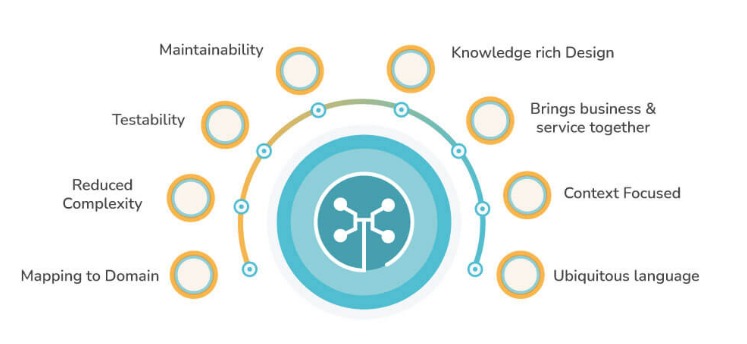
Explain OAuth
OAuth, short for Open Authorization Protocol, helps users prove who they are to other companies. You might use it to log into different apps like GitHub or Facebook. It lets you share things from one website with another without giving out your password.
What do you mean by Distributed Transaction?
Recall when we discussed how programming functions, and how it resembles assembling various bits of a riddle. Indeed, suppose you needed to monitor that multitude of pieces independently, however they needed to fit together impeccably for the riddle to be finished. That’s kind of like what distributed transactions are in today’s software world.
Explain Idempotence and its usage
Let’s talk about ‘idempotence.’ It’s a major word, yet relax, I’ll make sense of it without any problem. Idempotence implies doing likewise again and again however come by a similar outcome each time.
In this way, envision you’re doing an undertaking, and regardless of how frequently you make it happen, the result remains something very similar. That’s idempotence for you!
Now, let’s see how we use it. When a remote service or data source gets the same instructions more than once, idempotence makes sure that it handles each request just once
What do you mean by end-to-end microservices testing?
Testing microservices from start to finish (E2E) often lack coordination and can be expensive. This method ensures that all parts function together smoothly for a full user experience. Typically, it simulates the user interface and checks every step of the process to confirm they works correctly.
Explain the term Eureka in Microservices
Meet Eureka Server, also known as the Netflix Service Discovery Server. It’s a tool that manages all client-service applications. Each Microservice signs up with Eureka Server, so it’s aware of all client apps across various ports and IP addresses. Eureka Server typically relies on Spring Cloud and doesn’t add much complexity to app development.
Make sense of the way for execute administration disclosure in microservices engineering
Setting up service discovery can be done in various ways, but Netflix’s Eureka stands out as the top choice. It’s super efficient and doesn’t burden the application much. Plus, it works well with many types of web applications. Spring Cloud offers plenty of helpful annotations to make using Eureka easy and to keep things simple by hiding tricky concepts.
Make sense of kind of tests for the most part utilized in Microservices
Testing microservices can get complicated because there are many little services working together. So, we divide tests into different levels based on how deep they go.
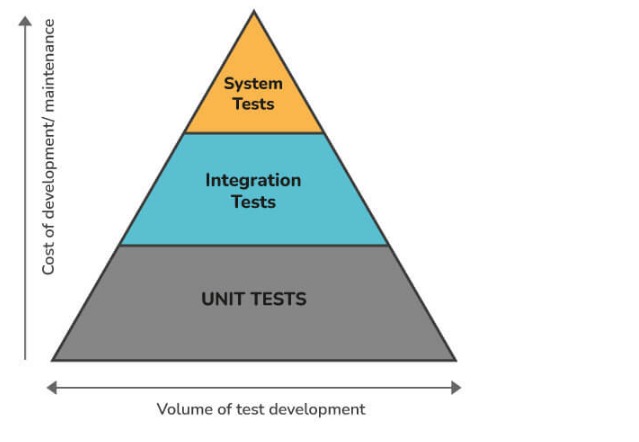
First off, we’ve got the bottom-level tests. These are all about technology, like unit tests and performance tests. And guess what? It’s all done automatically. Cool, right?
Moving up a notch, we hit the middle-level tests. Here, we’re talking about exploratory tests, such as stress tests and usability tests. They help us figure out how well things work in real-life situations.
Now, let’s talk top-level tests. At the top, we’ve got a smaller bunch called acceptance tests. These are super important because they show whether the software features are good to go or not. Stakeholders use them to make sure everything’s on track.
What do you mean by Mike Cohn’s Test Pyramid?
Let’s talk about something cool called Mike Cohn’s Test Pyramid. It helps us understand the different kinds of automated tests we need when making software. The pyramid’s job is to make sure we use automation for all sorts of testing, like unit tests, service level tests, and UI tests. According to the pyramid, unit tests are super quick and focused, while UI tests, which are at the top, take more time and deal with how different parts of the software work together.
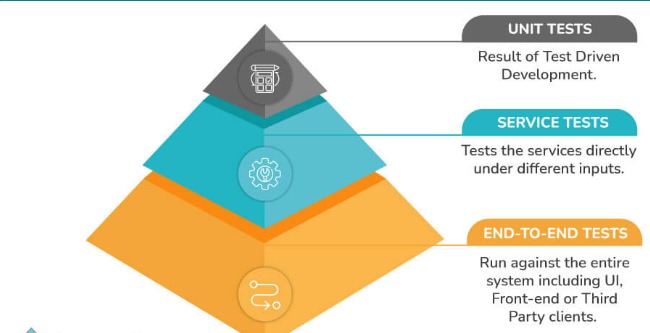
Following the pyramid method, conduct the most tests at the first layer. There should be fewer tests at the service layer compared to unit tests, but more than end-to-end tests.
Explain Container in Microservices
Containers are helpful tools for organizing and distributing resources. They’re seen as the best and simplest way to handle microservice-based apps, making it easy to develop and deploy them separately. With Docker, you can package a microservice and its needs into a container image. This image lets you create instances of the microservice whenever you need them, without any extra effort.
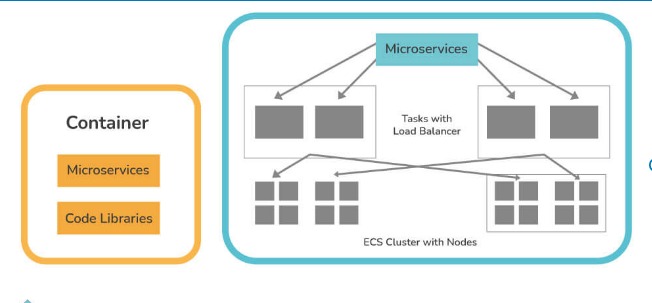
Final Thoughts:
Building applications using microservices architecture means creating a big program as lots of small, self-sufficient services for one business area. Microservices came out in 2011 and now lots of companies, especially those making modern apps, use them. These questions for microservices interviews were made to help developers during their interviews. They aim to assist you in your interview for a job involving microservices architecture. Hope you find these interview questions about microservices architecture useful.
